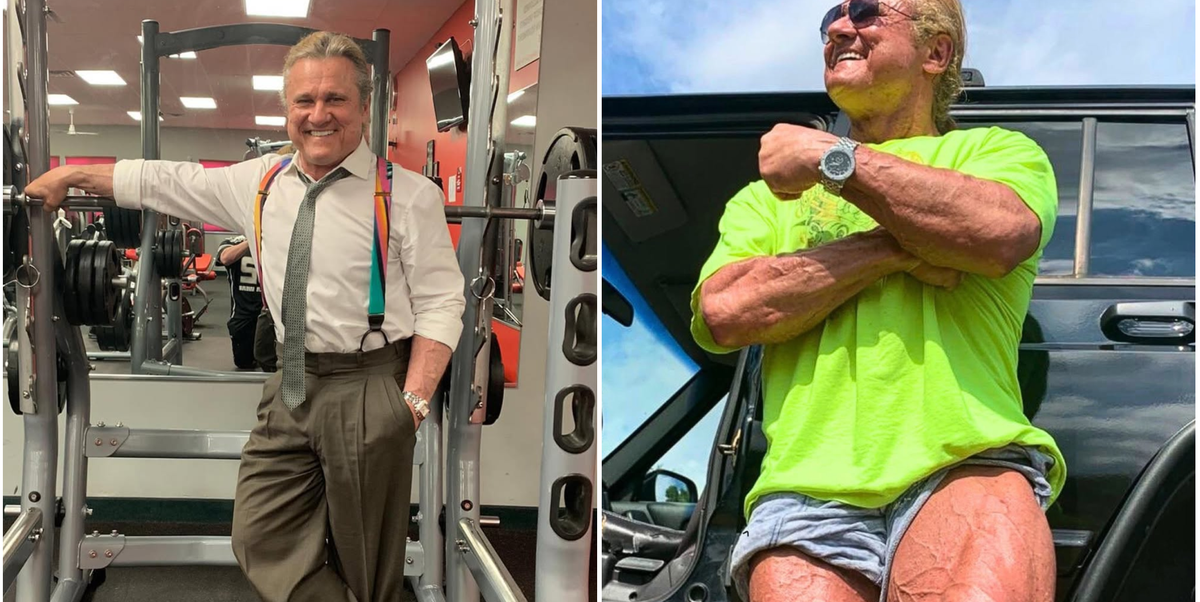Squatting technique has deteriorated massively in recent years. That’s according to retired professional bodybuilder Tom Platz, who was so famed for monster leg development during his career that he earned the nickname ‘The Quadfather’.
Platz is scathing in his assessment on the state of modern squatting, highlighting how the emphasis has shifted from the quads to the glutes and lower back, therefore making it an altogether worse movement.
‘I never had a knee problem in my life because of perfect, pure technique,’ Platz says. ‘Modern day squatting… the technique has been bastardised. The technique is about a hip thrust, with people using [their] buttocks and lower back too much and not the quads. I believe in a quad-dominant squat – the foundational movement like Olympic lifters do.
‘It’s a quad-dominant movement. Having the back not perfectly 90 degrees, but maybe four or five degrees off. Most people who are fitness advocates nowadays are somewhere in the area of 45 degrees. It’s easier to teach an incorrect squat than it is a correct squat.’
What Is Perfect Squat Technique?
In order to squat with perfect technique, you need to stand with your feet a little wider than your hips, keeping your chest proud and your core locked. Sink your hips back and descend into a squat while the knees travel in line with the toes, keeping the bar over the centre of mass. The thighs should hit parallel or lower, before driving back up through the heels to the top.
Not everyone is able to achieve a back angle as close to 90 degrees as possible, though, due to certain biomechanics. While shorter femurs make it easier for individuals to stay more upright, longer femurs can cause people to lean forward more during their squat. That’s because the bar should stay over the centre of mass, so lifters with long femurs have to bend further over in order to keep the weight there, otherwise they would fall backwards if they tried to maintain a more upright angle.
It is possible to get closer to the 90-degree angle Platz believes is necessary for squatting, though. Raising the heels with a block or plates can increase the amount of dorsiflexion, helping push the centre of gravity forwards and thus helping the lifter sit at a higher angle in the squat.
The Bottom Line
‘If you’re not competing anytime soon, go with the squat technique that feels best for your body,’ PT and MH fitness writer Kate Neudecker says. ‘A recent study comparing high bar (the technique mentioned by Platz) and low bar squats found both target the quads to a high degree, with only negligible differences in muscle activation.
‘That said, low bar squats generally involve less knee flexion and more hip flexion, which may engage the glutes and erector spinae slightly more, which may suit your goals. High bar squats tend to allow more knee travel, something to consider if you’re managing knee stress.
‘For most lifters, the difference in outcomes isn’t significant enough to favour one over the other. So choose the style that feels most comfortable, supports your goals, and fits your body’s mechanics and injury history.’
Related Stories

